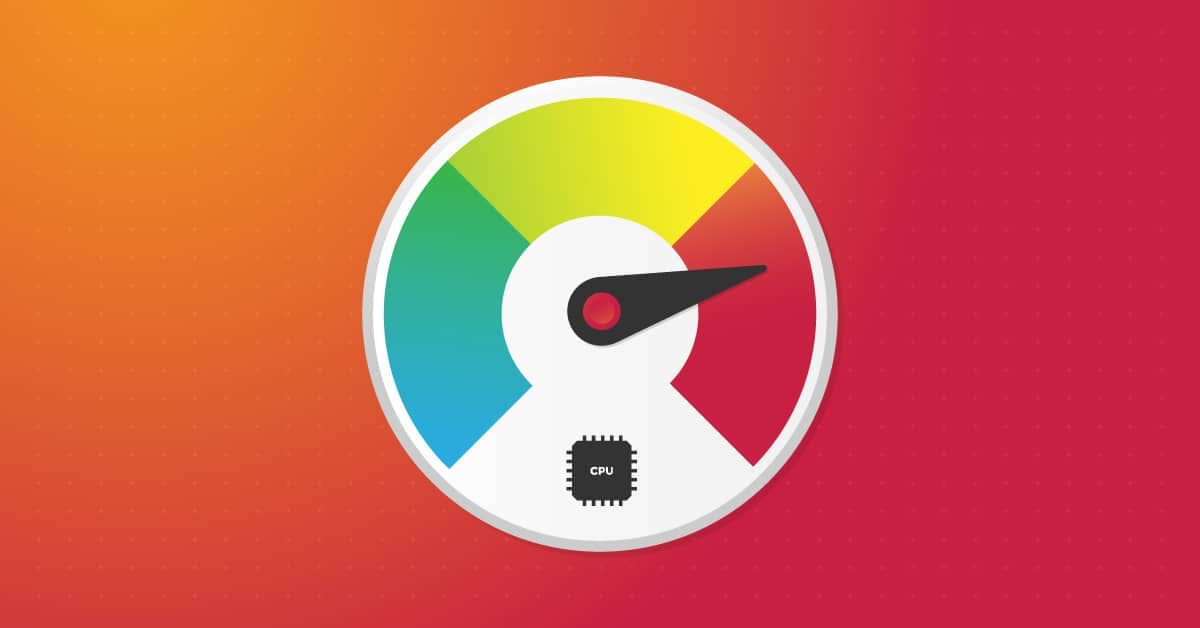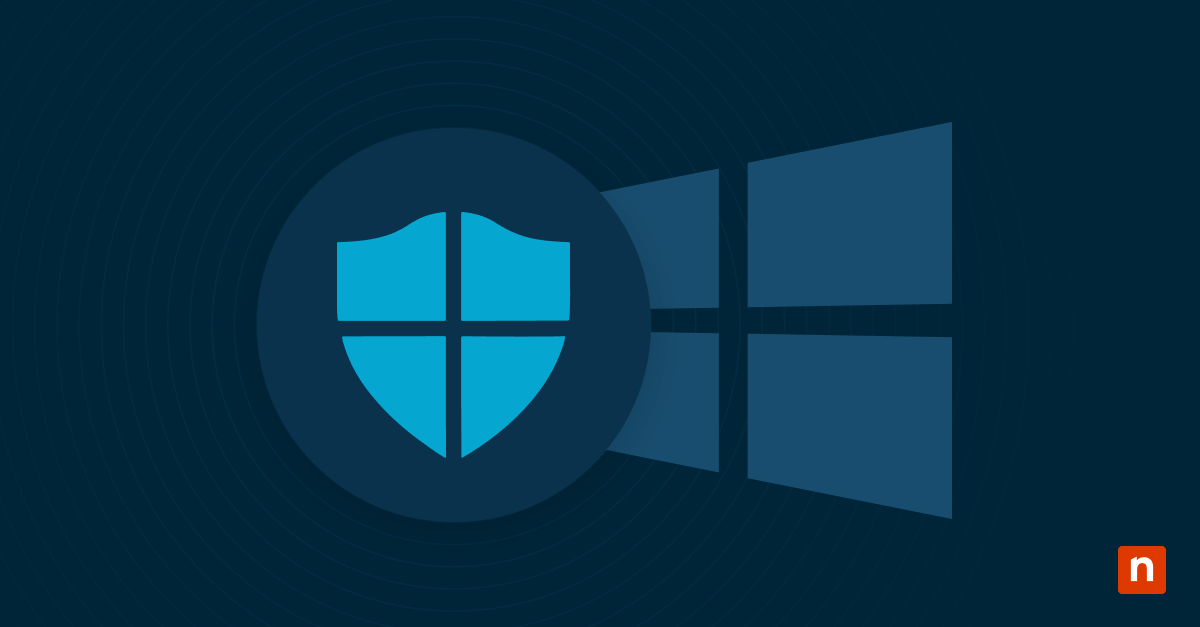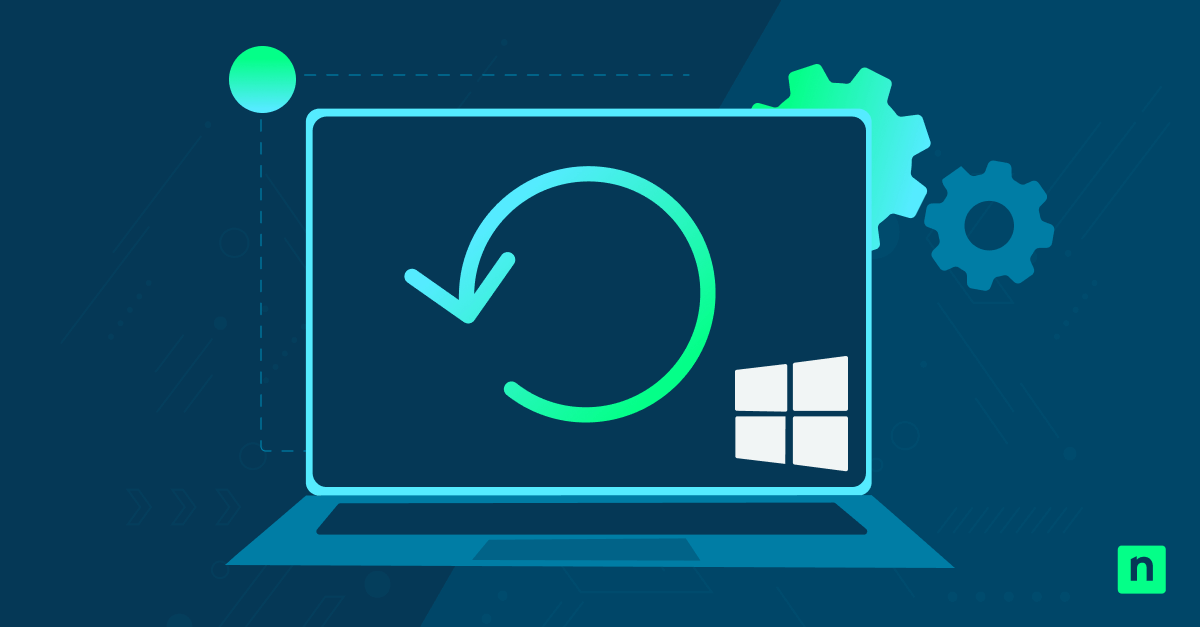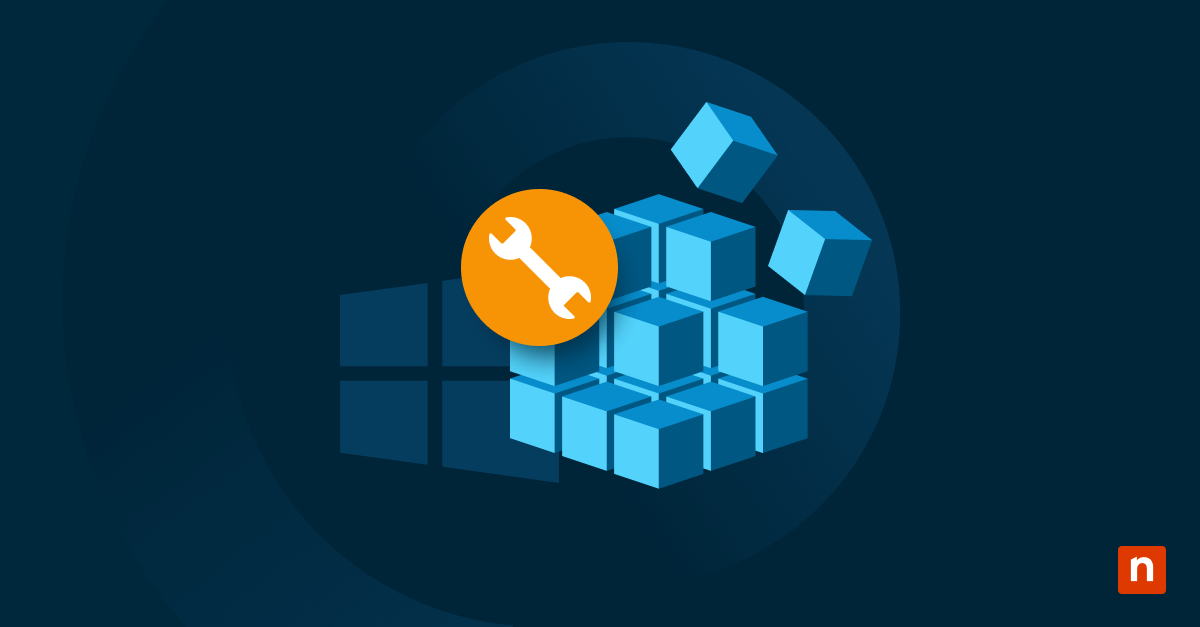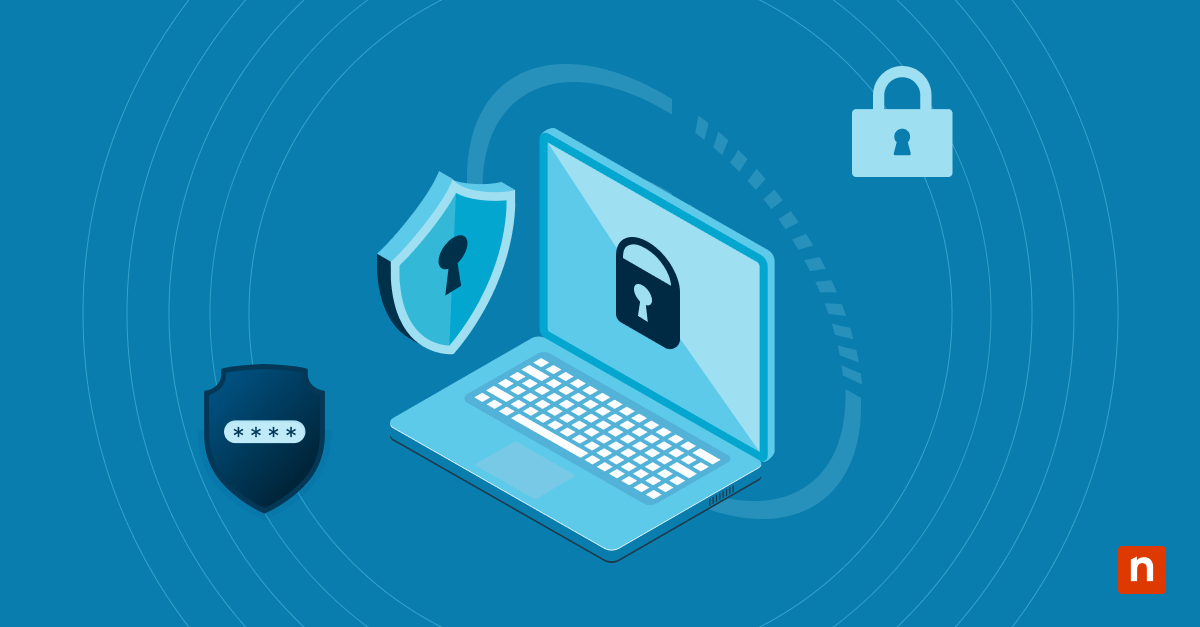When designing a system, you need to choose between a stateful or stateless architecture. This decision affects performance, resource management, how the application works and its efficiency.
What is stateful architecture?
Stateful applications store data about each user session and can use this information in future processes. This capability is useful when dealing with scenarios where previous interactions influence subsequent ones.
In a stateful vs stateless scenario, a stateful protocol remembers your past requests and can tailor responses accordingly, enhancing user experience by making interactions seem seamless and personalized.
What is stateless architecture?
In contrast to stateful systems, stateless applications do not retain user session information between interactions. When you interact with a stateless system, each request must include all the information the system needs to respond. Because there’s no memory of previous interactions, your current request stands completely independent of your past activities. Stateless protocols treat every interaction as independent of others, simplifying the design of the server because it doesn’t need to manage or store user session state.
Stateful vs stateless architecture comparison
As you compare stateful vs stateless architectures, there are distinct differences in how they handle data and store information. The way they manage server-client communication greatly affects performance. Additionally, it’s important to take into account how each architecture addresses fault tolerance and recovery in your system design.
Data handling and storage
While stateful systems retain data over sessions. In a stateful application, you’ll manage a database or server-side storage to preserve user data, ensuring continuity across user interactions. This setup facilitates personalized experiences but demands rigorous data management and increases resource consumption.
Stateless systems do not store session information, impacting their respective data handling and storage capabilities. Each request must contain all the necessary information to be processed independently. This method simplifies scalability, as there’s no need to synchronize or persist session data across requests.
Server-client communication
Understanding server-client communication further highlights how stateful and stateless architectures manage interactions differently. In a stateful setup, the server retains session data, which allows for continuity in the interaction with you, the client. Each subsequent request can be informed by the context of previous exchanges.
Stateless interactions don’t carry forward any session data. Each request you make must contain all the information necessary for processing, as the server does not remember past interactions.
In summary, the differences between stateful vs. stateless architecture are:
- Session continuity: Stateful is maintained by the server, while in stateless it’s not maintained.
- Server memory: Stateful has high memory usage and stateless has low usage.
- Dependency on context: Stateful is high, while stateless is low.
- Example of a stateful application: Online banking portal.
- Example of a stateless application: Stateless RESTful API.
Scalability and performance
When comparing stateful and stateless architectures, scalability and performance emerge as pivotal elements. It’s easier to scale horizontally in a stateless system by adding more servers because each request is processed independently without regard for what came before.
Conversely, stateful applications maintain state across requests, which can complicate scalability. You’ll often need sophisticated mechanisms like session replication or distributed caching to guarantee continuity across multiple servers. Though this can increase the complexity and overhead, stateful setups excel in scenarios where transactions or complex user sessions are necessary.
Fault tolerance and recovery
Considering fault tolerance and recovery, stateful and stateless architectures exhibit distinct behavior and challenges. In stateful systems, you’re dealing with the complexity of maintaining a session state across system crashes or network failures. This complexity often requires sophisticated mechanisms such as checkpointing and state replication. If a failure occurs, recovering a stateful application can be slow as you need to restore the previous state before resuming operations.
Stateless services, on the other hand, are inherently more resilient to failures. Since there’s no state maintained between requests, you can restart them on any instance without specific recovery procedures. This simplicity allows for quicker fault recovery and easier scaling, as each request is processed independently without reliance on past interactions.
Stateless and stateful protocols
In exploring stateless and stateful protocols, you’ll encounter various examples that illustrate their fundamental operations. Here’s a breakdown of prominent protocols under each category:
Stateless Protocols
- HTTP: Does not retain user session information after interactions.
- DNS: Resolves domain names without maintaining any user state.
- UDP: Sends data without establishing a connection or retaining session information.
- ICMP: Used for error messages and network diagnostics without maintaining any user state.
Stateful Protocols
- TCP: Establishes a connection and maintains the state of the exchange.
- FTP: Transfers files while keeping track of session and user data.
- SSH: Provides secure remote login and other secure network services, maintaining a session state.
- SMTP: Transfers emails by establishing a connection and maintaining session state during the email transfer process.
- IMAP: Manages and retrieves emails while maintaining a persistent connection and session state.
Advantages and disadvantages
Stateless protocols, like HTTP, don’t store user session data on the server, which simplifies the server design and improves scalability. However, they can’t easily maintain information across multiple requests, which can complicate client development.
Stateful protocols, such as TCP, maintain a continuous connection and state across multiple exchanges. This allows for more complex interactions and can improve efficiency by avoiding the need to retransmit certain data.
Stateful vs stateless applications
You must weigh the benefits of stateful vs stateless applications within your design. Understanding these components will guide you in making informed decisions about the architecture and implementation of your software projects.
Design considerations
For stateful applications, consider how user sessions and data persistence impact your infrastructure. You’ll need mechanisms to manage session state across multiple servers, which can complicate scalability and fault tolerance.
Stateless applications do not retain user information from one session to the next, simplifying scaling and improving reliability. However, this comes at the cost of requiring external systems for any persistent data needs.
Implementation challenges
Implementing a stateful application involves managing complexities associated with session continuity and data synchronization across multiple seconds. You’ll need to contemplate how your application’s state is stored and retrieved across server instances to guarantee seamless user experiences and data integrity. This necessitates robust session management strategies, often involving distributed caching solutions and database setups that can handle frequent read/write operations without performance degradation.
Stateless applications don’t retain user data between requests, which simplifies deployment and scaling. However, you might face challenges in achieving similar levels of user personalization and interaction quality as stateful systems. Each request must re-establish context, often leading to increased complexity in state reconstruction, especially when integrating with stateful services or databases.
Choosing between stateful and stateless approaches
To choose between stateful vs stateless methods, consider the specific requirements and constraints of your application. If you’re dealing with complex transactions requiring a user’s context or history, a stateful method is likely more suitable. This technique maintains state across multiple sessions, making it ideal for applications like online shopping carts or personalized user experiences.
If you’re looking for scalability and simplicity, stateless might be your best bet. Stateless applications don’t retain user state between requests, which simplifies design and improves scalability by allowing servers to respond independently to each request. However, you’ll sacrifice the ability to store user data between interactions, which can hinder performance in scenarios requiring frequent state retrieval.


